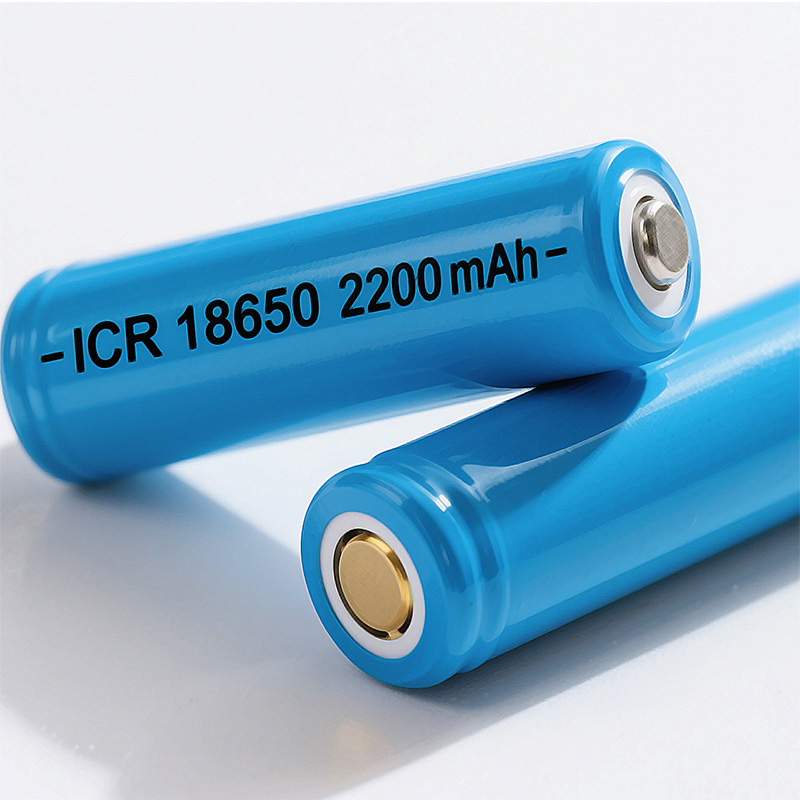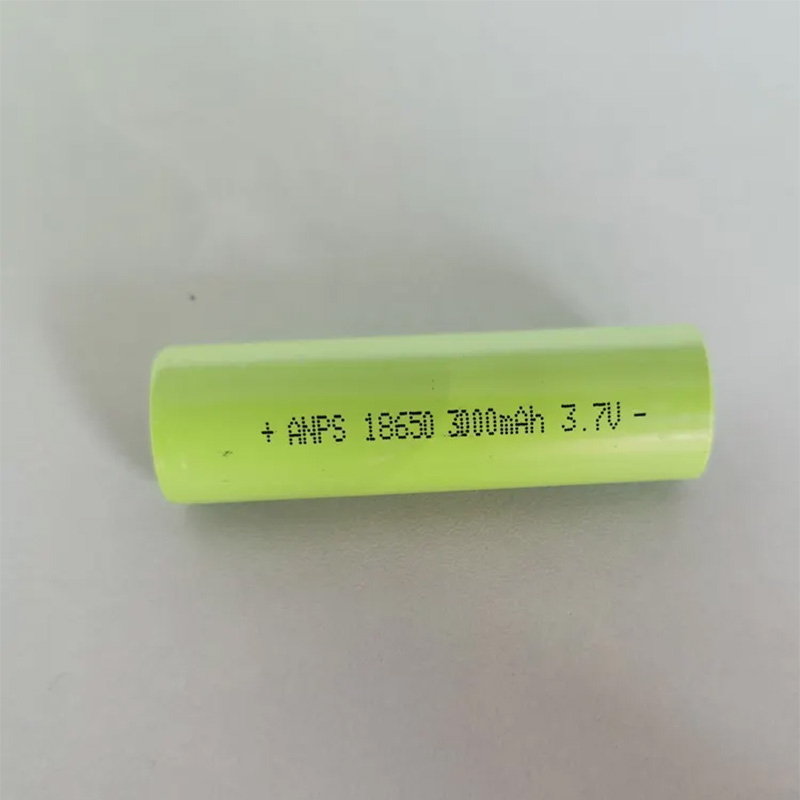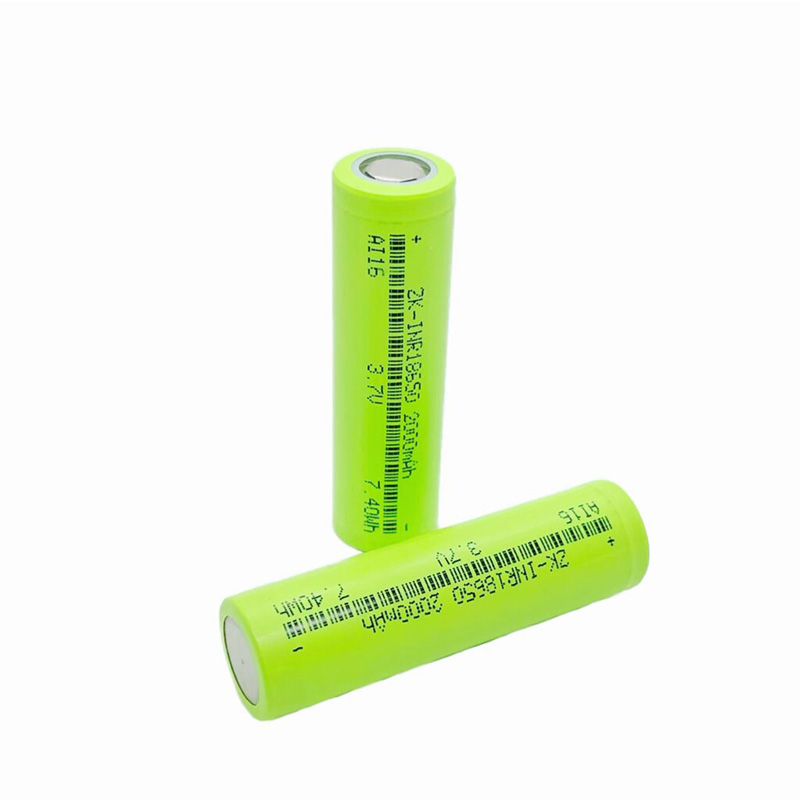Blog
Explore the Power of Lithium Innovation
Stay updated with the latest trends, technologies, and application insights in the world of lithium battery solutions
Search the whole station
Explore the Power of Lithium Innovation
Stay updated with the latest trends, technologies, and application insights in the world of lithium battery solutions
I remember the first time I got my hands on a 2000mAh 3.7V 18650 rechargeable battery, I was kind of curious—how can something this small be so useful? Over time, as I started tinkering with projects and doing little electronics experiments, I realized these batteries aren’t just batteries—they practically bring your gadgets to life. Think about that little LED lamp or a remote-controlled car; without it, nothing happens. There’s a strange sense of reliance on it.
The battery is small, cylindrical, about 18mm in diameter and 65mm long. Not huge, but 2000mAh is enough for most DIY projects or small electric devices. You can use it to power an Arduino or a Raspberry Pi, or even a small LED board, and you don’t really have to worry about running out of power halfway. Safety-wise, if you go for ones with a protection circuit, it’s much more reassuring—you won’t have to stress about overcharging or short circuits, especially in schools or makerspaces where safety matters.

Buying in bulk is honestly really convenient. Local Australian warehouses ship fast, so you don’t have to worry about batteries getting damaged in transit. Buying in larger quantities also makes it cheaper than grabbing a few individually, which is a lifesaver if you’re running educational programs or team projects. Even though 2000mAh isn’t the highest capacity you can get, the batteries last through hundreds of charge cycles, so you save money and it’s environmentally friendlier too.
I remember one time I put these batteries into a small remote-controlled car just to test it. Honestly, it ran so much smoother than before, the lights stayed on longer, and we played for almost the whole afternoon without swapping batteries. That’s when I realized these tiny batteries really pack a punch. Some people even use them for DIY power banks or portable fans—they’re just that handy.

The thing is, these batteries are incredibly versatile. Electronics projects, RC models, LED lights, portable devices—they all work well with these 18650 batteries. Bulk buying makes even more sense—you can stock up for your projects or for resale, or get enough to outfit an entire classroom for STEM activities, or build your DIY portable power setup in one go. Saves a lot of hassle.
So yeah, if you’re in Australia looking for high-performance 2000mAh 3.7V 18650 rechargeable batteries, it’s really not hard to find them. Just make sure you get them from a reliable local wholesale source, and you’ll get stable, durable batteries at a good price. Bring them back for your experiments, models, lighting, or just for messing around with gadgets—they’ll handle it. Small battery, big impact for any maker project.

Wholesale ICR 18650 2200mAh 3.7V lithium batteries with optional customized packs. Supports external wiring and various wire leads to meet your project-specific needs.

18650 3.7V 1500mAh lithium-ion rechargeable batteries from China, ideal for flashlights, power banks, electric tools, and more. High capacity, long cycle life, full safety features, and customizable OEM/ODM services. Fast global shipping available.

Top-quality 18650 3.7V 3000mAh lithium-ion batteries ideal for electric scooters, power tools, cameras, and more. Long cycle life, stable performance, and customizable options. Fast shipping worldwide. OEM & ODM services available.

High-quality 18650 3.7V 2300mAh lithium ion batteries perfect for flashlights, vape mods, electric scooters, and power banks. Long cycle life, built-in safety features, and flexible OEM/ODM customization available. Fast shipping and competitive pricing for wholesale buyers.

Buy high-quality 18650 3.7V 3300mAh rechargeable lithium-ion batteries ideal for smartphones, tablets, power banks, and electronic devices. Durable, safe, and customizable with built-in protections. OEM & ODM services available. Fast shipping for wholesale orders.

China-made 18650 2000mAh 3.7V lithium-ion batteries, perfect for laptops, power tools, and electric vehicles. Reliable, safe, rechargeable with customization options. Wholesale pricing and fast delivery.

Buy high-quality 18650 3.7V 3000mAh lithium-ion rechargeable batteries for household devices, e-bikes, power tools, and more. Durable, long-lasting, and certified for safety. Customizable options. Perfect for wholesale and OEM orders.

2.4V 18650 lithium battery offers 2200mAh capacity, perfect for cameras and photography gear. Durable, safe, and rechargeable, it’s built to last. Customize voltage, capacity, wire length, connectors, and branding to fit your needs. Ideal for outdoor shoots and daily use. Contact us for wholesale and OEM deals.
Learn how to store power tool batteries safely to extend lifespan, prevent hazards, and maintain performance. Tips for Li-ion, Ni-Cd, and Ni-MH batteries included
View detailshow to select the ideal electric bike battery size and capacity. Learn about 36V and 48V options, small to high-capacity batteries, and tips for city, folding, mountain, and cargo e-bikes.
View detailsAfter building multiple off-grid and RC projects, I’ve found the 3S7P lithium battery pack offers the sweet spot between voltage stability and massive capacity — here’s how I use it.
View detailsDiscover reliable 12V 18650 lithium battery packs for solar systems, street lights, and portable devices. Explore Apsenx battery 4S1P solar battery pack, 3S1P 2600mAh 12V pack, and durable solar street light battery solutions designed for long-lif...
View details
HelloPlease log in